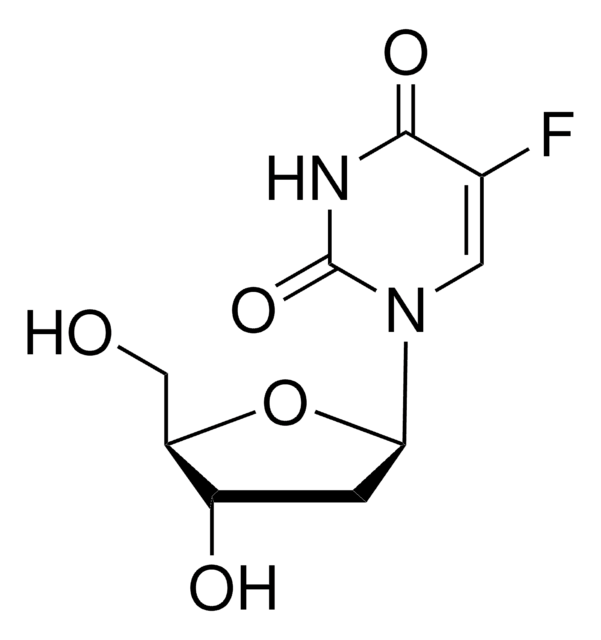おすすめの製品
由来生物
human
品質水準
リコンビナント
expressed in E. coli
フォーム
lyophilized powder
品質
essentially salt free
分子量
8-15 kDa
包装
pkg of 0.5 mg
テクニック
cell culture | mammalian: suitable
表面被覆率
0.45 μg/cm2
溶解性
Tris-buffered saline: soluble 1.00-1.10 mg/mL, clear, colorless
UniProtアクセッション番号
輸送温度
ambient
保管温度
−20°C
遺伝子情報
human ... FN1(2335)
詳細
最近の報告によると、新たな領域として、ヒト胎盤cDNAからクローン化されたIII1型リピートが、マトリックスの形成に関与しています。マトリックス会合に必要なフィブロネクチンドメインの分析のため、抗体を用いて実験したところ、線維芽細胞で標識した血漿フィブロネクチンの結合と不溶化を阻害するエピトープが、フィブロネクチンのIII1型とI型モジュールで同定されました。このことから、III1型とI型については、フィブロネクチンの会合に介在する役割が示唆されました。この知見を支持する結果として、最初の2つのフィブロネクチンIII型リピート由来の14 kDa断片が、フィブロネクチンのマトリックス会合を阻害することが確認されました(4)。最近、III1型リピートC末端の2/3にならってモデル化した組み換え型断片III1-Cが、フィブロネクチンと結合し、フィブロネクチン分子の自発的なジスルフィド架橋を誘導し、マトリックスの原線維に似た多量体になることが判明しました。
アプリケーション
生物化学的/生理学的作用
包装
保管分類コード
11 - Combustible Solids
WGK
WGK 3
引火点(°F)
Not applicable
引火点(℃)
Not applicable
個人用保護具 (PPE)
Eyeshields, Gloves, type N95 (US)
適用法令
試験研究用途を考慮した関連法令を主に挙げております。化学物質以外については、一部の情報のみ提供しています。 製品を安全かつ合法的に使用することは、使用者の義務です。最新情報により修正される場合があります。WEBの反映には時間を要することがあるため、適宜SDSをご参照ください。
Jan Code
F3542-.5MG:
F3542-BULK:
F3542-VAR:
F3542-.5MG-PW:
この製品を見ている人はこちらもチェック
資料
Fibronectin (FN) is a multifunctional, extracellular plasma glycoprotein produced by hepatocytes that circulates at near micromolar concentration and assembles into extracellular matrix fibrils at cell surfaces along with locally produced cellular FN.
Cancer stem cell media, spheroid plates and cancer stem cell markers to culture and characterize CSC populations.
Extracellular matrix proteins such as laminin, collagen, and fibronectin can be used as cell attachment substrates in cell culture.
Extracellular matrix proteins such as laminin, collagen, and fibronectin can be used as cell attachment substrates in cell culture.
プロトコル
Dilute fibronectin to the desired concentration. Optimum conditions for attachment are dependent on cell type and application. The typical coating concentration is 1 – 5 ug/cm2.Fibronectin coating protocol, products, and FAQs at sigmaaldrich.com
Dilute fibronectin to the desired concentration. Optimum conditions for attachment are dependent on cell type and application. The typical coating concentration is 1 – 5 ug/cm2.Fibronectin coating protocol, products, and FAQs.
ライフサイエンス、有機合成、材料科学、クロマトグラフィー、分析など、あらゆる分野の研究に経験のあるメンバーがおります。.
製品に関するお問い合わせはこちら(テクニカルサービス)




